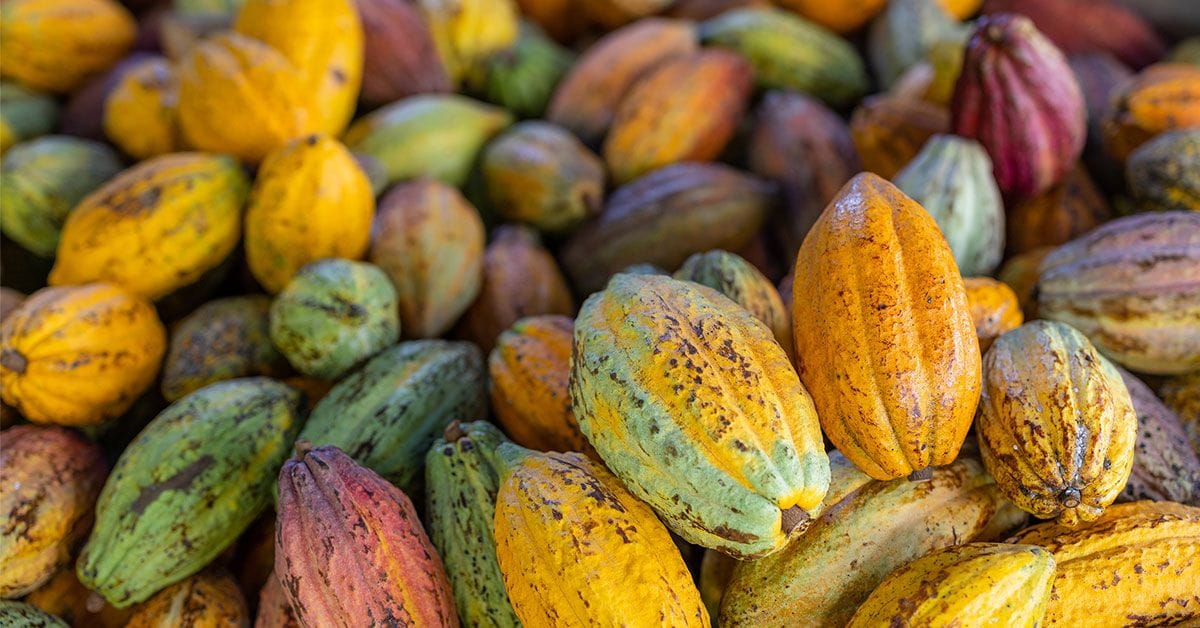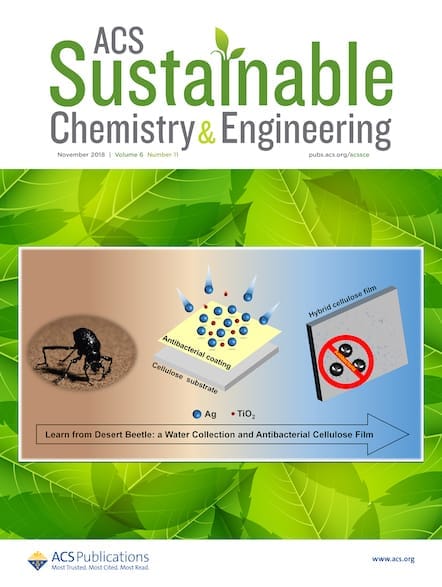This new study explores how lignin, abundant in cocoa pod husks, sparks a sustainable solution from cocoa waste, promising safer environments and eco-friendly materials.

The holiday season is upon us, arriving in tandem with an onslaught of sweet treats—with chocolate being a star ingredient of many gifts, desserts, and festive beverages. Chocolate is big business: to put it into perspective, cocoa solid production adds up to about 5 million tons per year. However, this uses only a fraction of the fruit by weight, meaning about 20 million tons of husks are left on farms to biodegrade every year. This could be a perfectly good use in itself, if allowed to compost and add nutrients back to the soil—except that the practice has been associated with spreading plant disease.
Previous work has focused on reclaiming carbohydrate polymers for animal feed, but the husks also contain a huge amount of lignin, which could be used as a renewable replacement for flame retardants and other substances typically derived from petroleum.
Lignin is an important structural material in plants, second only to cellulose as the most abundant organic material on the planet. Although few industrial uses have been found, there have been efforts to employ it as an alternative fuel and a key ingredient in plastic-free straws.
Traditionally, lignin has been produced from hardwood trees, which represents its own environmental issue. But now, new research from a team in the UK is redirecting attention to the potential of lignin-abundant cocoa pod waste.
Inspired by previous studies which prepared flame-retardant materials from lignin, the researchers looked at incorporating lignin with an organophosphorus molecule used in fire management strategies.10 Use of novel model compounds confirmed the structure of the modified lignin, and thermogravimetric analysis highlighted interesting potential flame-retardant properties.1
This work, published in ACS Sustainable Chemistry & Engineering, shines a light on the value that can be extracted from waste plant material. The findings suggest that high-quality lignin can be extracted from cocoa pod husks and used to make practical, commercial materials—not only flame-retardants, but also other potential product streams such as aromatics, ethanol, and food ingredients. This represents the potential for real-world revenue generation from a biomass waste product, as well the potential to replace fossil-based building blocks in polymer and material synthesis.
